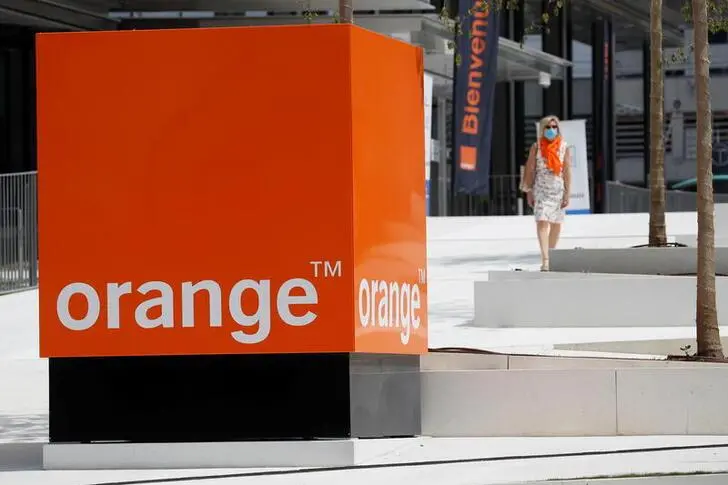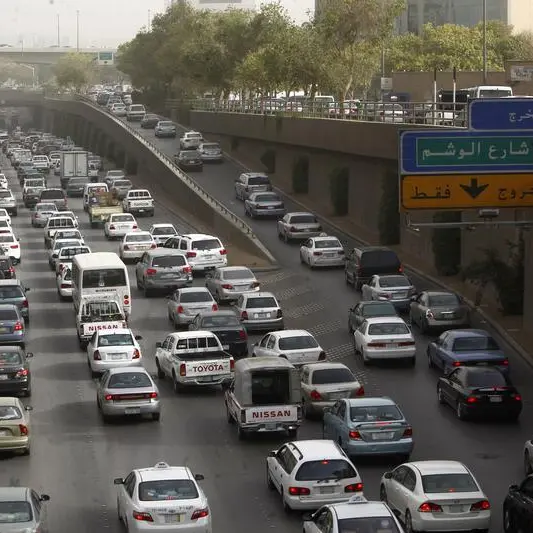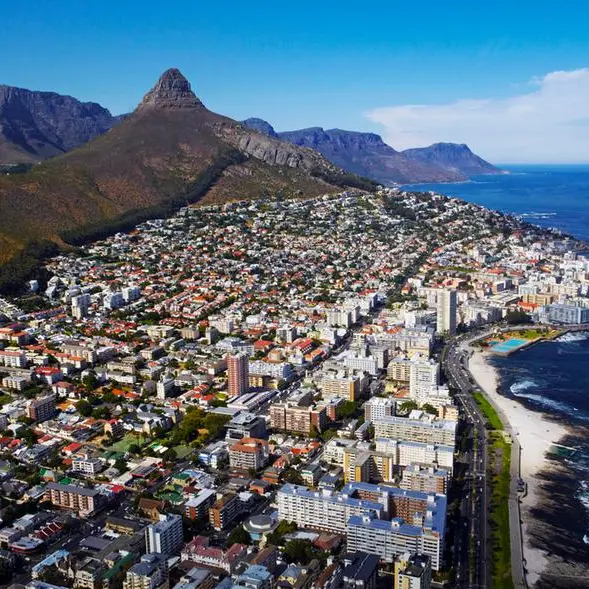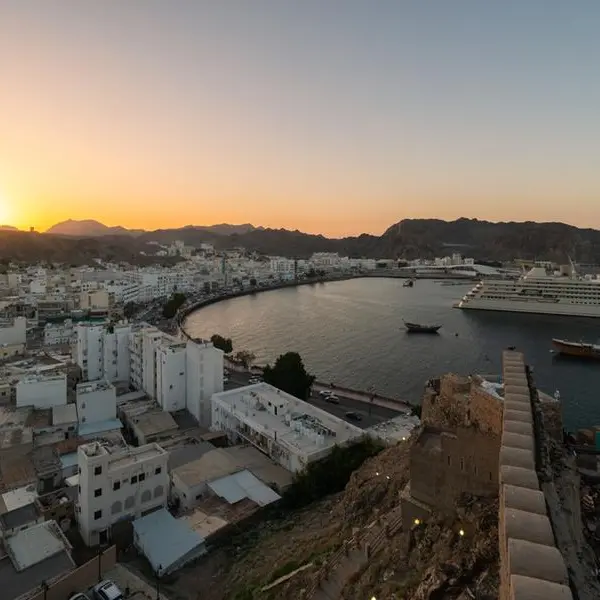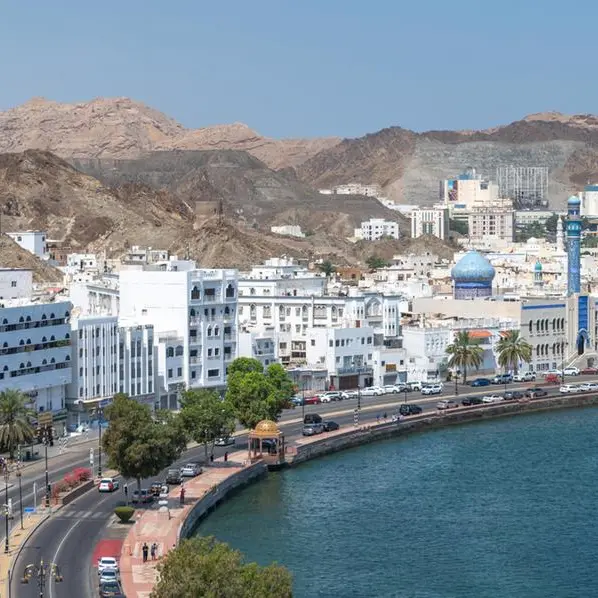PHOTO
Ayman Amiri — Chief Technology Officer (CTO) at Orange Egypt — said that the company has completed the implementation and construction of 91% of the 750 mobile stations planned for this year as part of the company’s plan to raise the level of quality of its services.
Amiri added in an interview with Daily News Egypt that 85% of the company’s 8,500 mobile stations support 4G technologies.
Does the company currently need additional frequencies to improve its services?
The company obtained a new frequency package in the first quarter (1Q) of this year with a width of 30 MHz within the frequency band of 2600 MHz from the National Telecommunications Regulatory Authority (NTRA); the new frequencies cost $440m.
This update is expected to contribute to improving the quality of communication services provided in the Egyptian market, including voice services and data transfer in line with the highest standards.
How many towers has the company applied to construct this year? Where are they located? How many towers have been completed so far?
We are working to establish the largest number of towers and stations across the country to install over 750 new stations to provide 2G, 3G, and 4G services in 2022.
More than 91% were completed by the end of October of this year. Orange is working on expanding throughout the republic and focusing on Upper Egypt and the Delta regions, in addition to cities and roads, to raise the level of quality of service there.
Is there a trend to develop a new design for the towers?
There is constant change made to the shape of the towers, in addition to conventional towers. Towers that resemble palm trees were created to match the aesthetic shape in some areas and places, and other forms of towers were also developed in the form of lighting poles, advertisement poles, and flags. Other designs are being considered to be applied in the New Administrative Capital (NAC).
Work is also underway to create a new form that is especially prepared for installation in some places in the NAC to be shared between Egypt’s four service providers.
How many stations does Orange have, and what are your expansion plans to increase the number of mobile stations?
The total number of Orange stations exceeds 8,500 stations, and 85% of the total stations support 4G technology services.
Additionally, 750 new mobile stations have been established to provide services for the second, third, and fourth generations of communications until the end of 2022.
As for the increase in the number of mobile stations, Orange’s network coverage is distributed throughout the republic, and there are areas with modern coverage, and others that we increased the capacity and effectiveness of.
During the coming period, the company will focus on villages and hamlets located in the Delta and Upper Egypt. We plan to reinforce them with networks and data transfer services. We are also considering areas with a population density of more than 5,000. We also plan to increase the absorptive capacity of stations in some governorates, such as Cairo, Alexandria, and areas like the North Coast.
What are the details of the company’s plan to shift to clean energy?
Orange is keen on completing its integrated strategy to eliminate carbon emissions, which it started in 2015 to achieve “zero-carbon.” The global Orange group set a more ambitious goal to reach this goal by 2040, and from that moment on, work began immediately to assess the position of the group and all subsidiaries across the globe. Egypt was of course at the top of the global group’s priorities, as it is the largest market in terms of the number of subscribers.
Orange Egypt has pumped investments amounting to EGP 500m over the past two years only to reduce carbon emissions in some of its main operations by 50% and save energy consumption by more than 40%.
The company has also managed to operate a large number of towers and stations relying on solar energy by 100% and has also converted hundreds of other sites to work with hybrid energy by installing modern generators that reduce the use of diesel and charge lithium batteries.
This causes the number of conventional generators to decrease by more than 55%. Additionally, advanced technologies have enabled us to completely stop using air conditioners and replace them with cooling methods to reduce carbon emissions by up to 40% in one station by about 40 million kilotons for stations, in addition to saving electricity consumption in the network by about 21,000 MW hours over the last two years.
© 2022 Daily News Egypt. Provided by SyndiGate Media Inc. (Syndigate.info).
